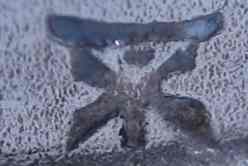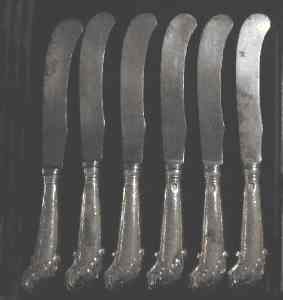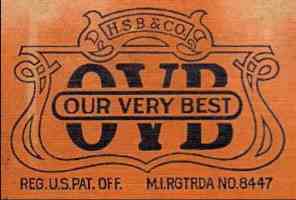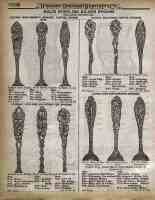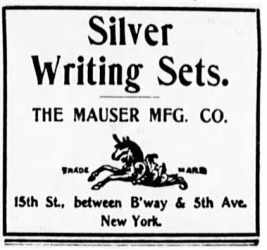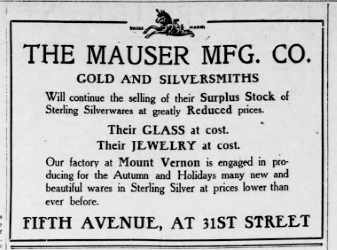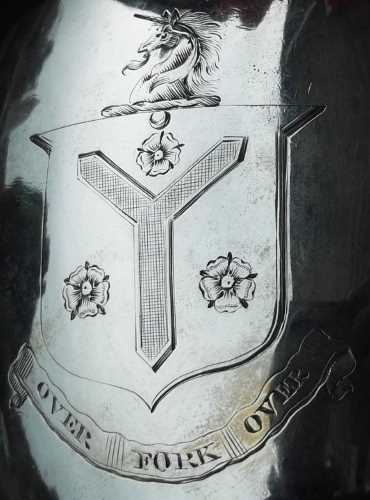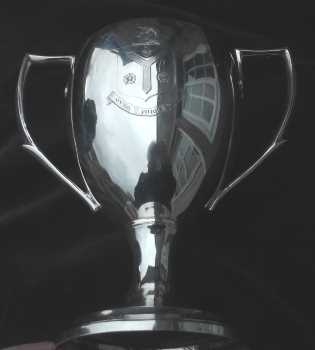YOUR GUIDE TO MARCH NEWSLETTER:
articles
new members
members' window
mail to ASCAS
replies to questions
a page per month
a silversmith per month
a word per month
a crest per month
a year per month
contributors to this Newsletter
search engine
disclaimer and privacy policy
by Dr. David N. Nikogosyan:
B.BOHRMANN / B.BOHRMANN NACHFOLGER (SUCCESSOR) COMPANY,
FRANKFURT/MAIN, GERMANY. 1. HISTORY

B.BOHRMANN / B.BOHRMANN NACHFOLGER (SUCCESSOR) COMPANY
FRANKFURT/MAIN, GERMANY. 2. LIST OF MARKS

The author writes "I would like to present the famous graphic mark of B.Bohrmann's foundry, used both on cutlery and hollow ware from the 1860's until c.1887. By the way, it is the only Bohrmann's mark, mentioned by Reinhard Sänger in his book on German cutlery without any explanation/specification. This mark consists of a candle, set in an oval inside a hatched square and two "B" letters around the candle, taken from the initials of B.Bohrmann. The fascinating peculiarity of this mark is the fact that the left "B" letter is a mirror reflection of the right one and vice versa. In my opinion, this mirror reflection accounts for the wide use of punching at early stages of Bohrmann's hollow ware silver plate production. This very original "BB" mark was used from 1860's until c.1887."
click here for 1. HISTORY 2. LIST OF MARKS

A STERLING RENAISSANCE
British Silver Design 1957 to 2018
|


















